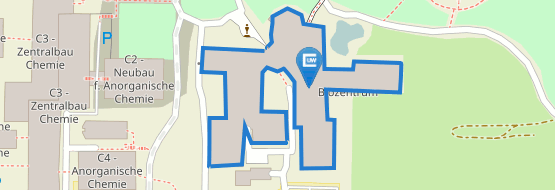Preventing Future Forest Diebacks
10/02/2019
Removing dead trees from the forests and reforesting on a large scale: this is the German Federal Government's strategy against "Forest Dieback 2.0". Ecologists from the University of Würzburg call for other solutions.
more






















